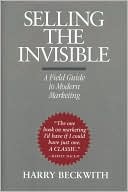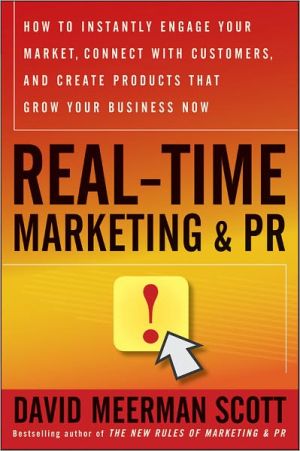Made to Stick: Why Some Ideas Survive and Others Die
Search in google:
Mark Twain once observed, “A lie can get halfway around the world before the truth can even get its boots on.” His observation rings true: Urban legends, conspiracy theories, and bogus public-health scares circulate effortlessly. Meanwhile, people with important ideas–business people, teachers, politicians, journalists, and others–struggle to make their ideas “stick.” Why do some ideas thrive while others die? And how do we improve the chances of worthy ideas? In Made to Stick, accomplished educators and idea collectors Chip and Dan Heath tackle head-on these vexing questions. Inside, the brothers Heath reveal the anatomy of ideas that stick and explain ways to make ideas stickier, such as applying the “human scale principle,” using the “Velcro Theory of Memory,” and creating “curiosity gaps.”In this indispensable guide, we discover that sticky messages of all kinds–from the infamous “kidney theft ring” hoax to a coach’s lessons on sportsmanship to a vision for a new product at Sony–draw their power from the same six traits.Made to Stick is a book that will transform the way you communicate ideas. It’s a fast-paced tour of success stories (and failures)–the Nobel Prize-winning scientist who drank a glass of bacteria to prove a point about stomach ulcers; the charities who make use of “the Mother Teresa Effect”; the elementary-school teacher whose simulation actually prevented racial prejudice. Provocative, eye-opening, and often surprisingly funny, Made to Stick shows us the vital principles of winning ideas–and tells us how we can apply these rules to making our own messages stick. The Washington Post - Barry Schwartz … [the authors] have written a fine, "sticky" book -- one that lays out the determinants of stickiness; illustrates them with vivid examples from disparate settings (e.g., business, education and effective social movements); warns us of obstacles that must be negotiated if ideas are to be sticky; and provides a set of "idea clinics," examples of good ideas presented in not so good ways, along with steps to make them better.







